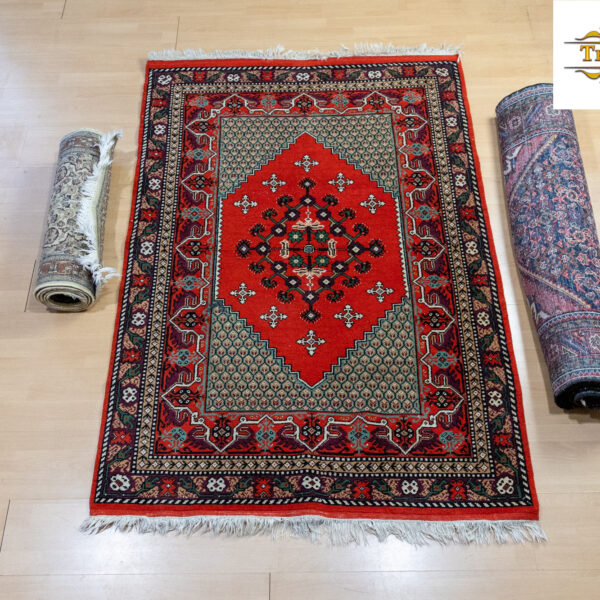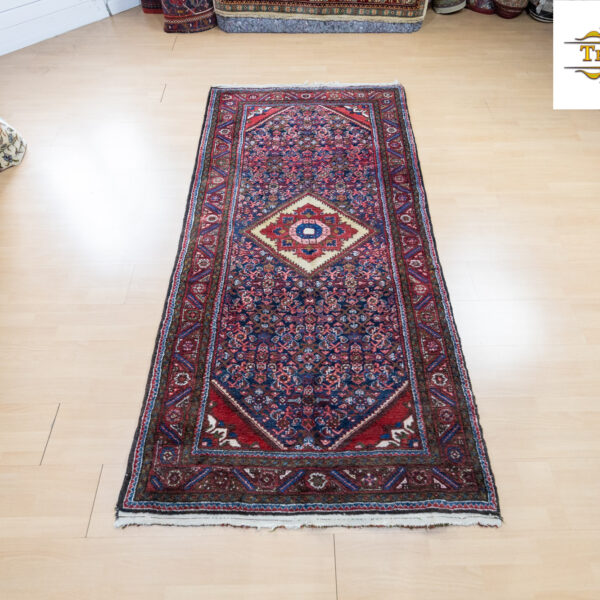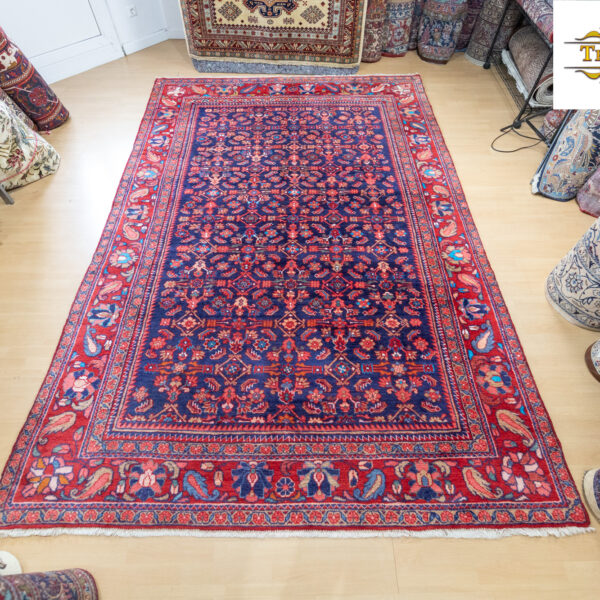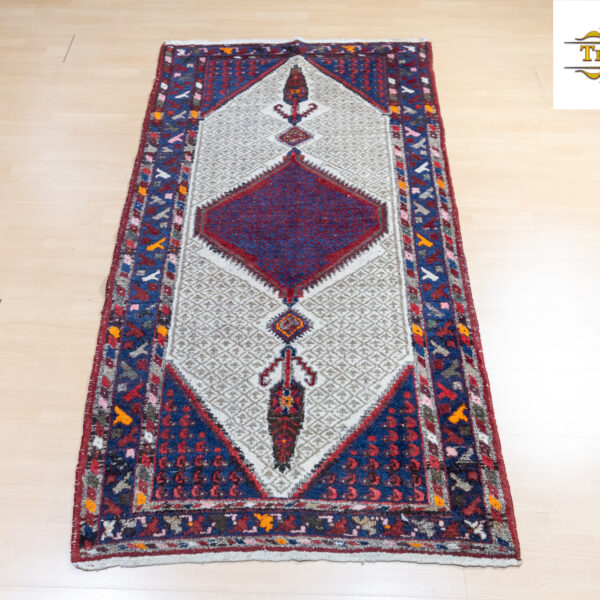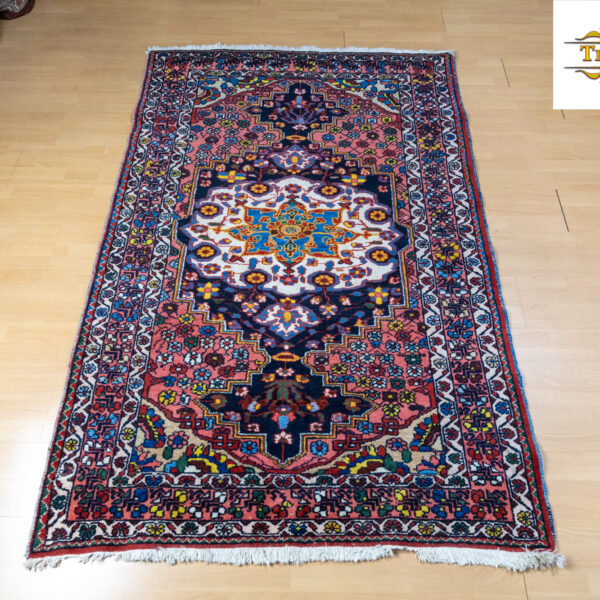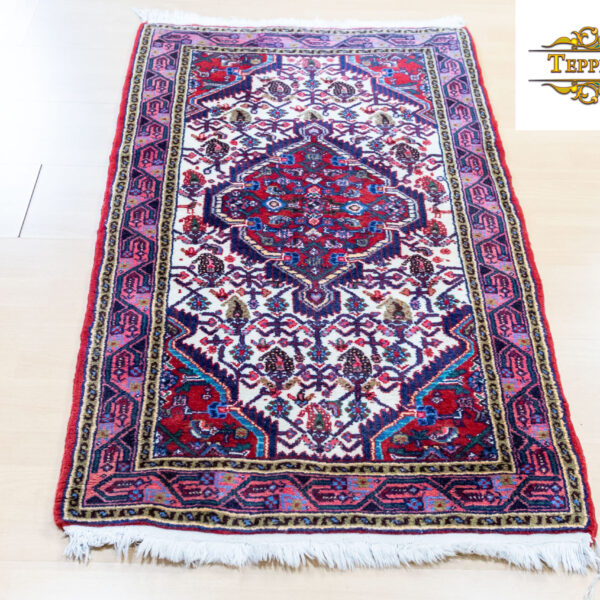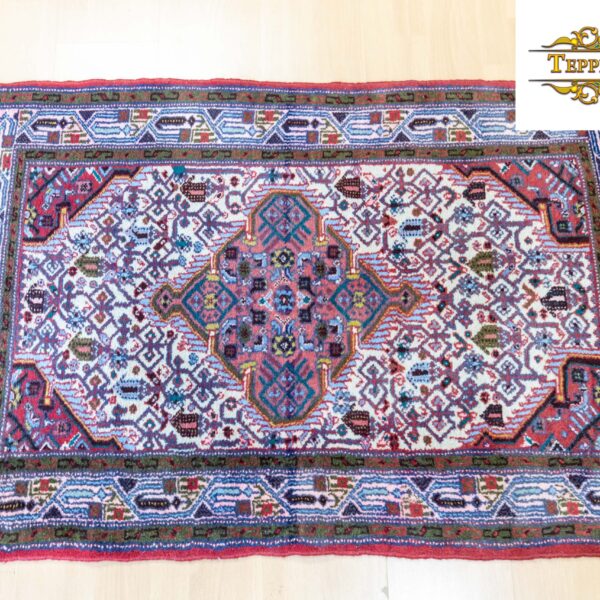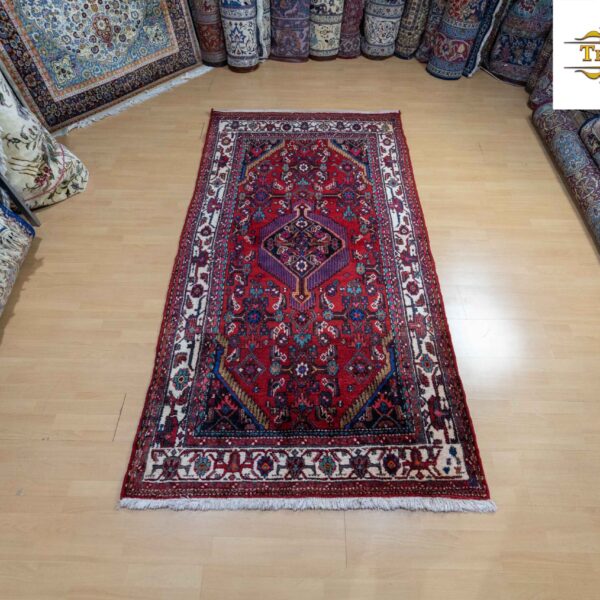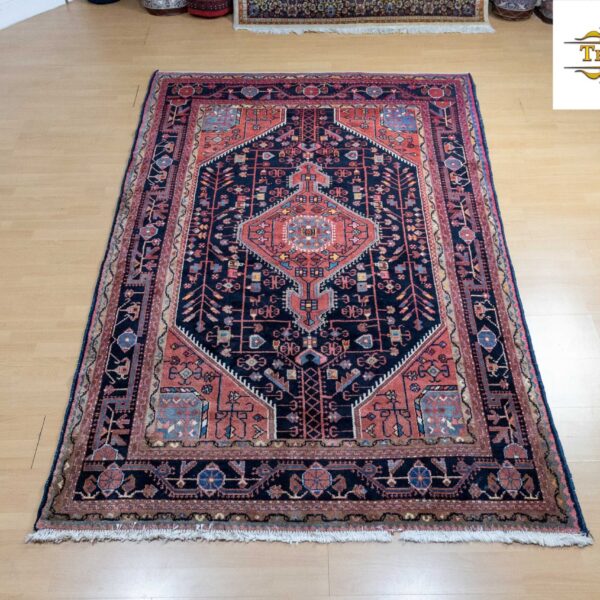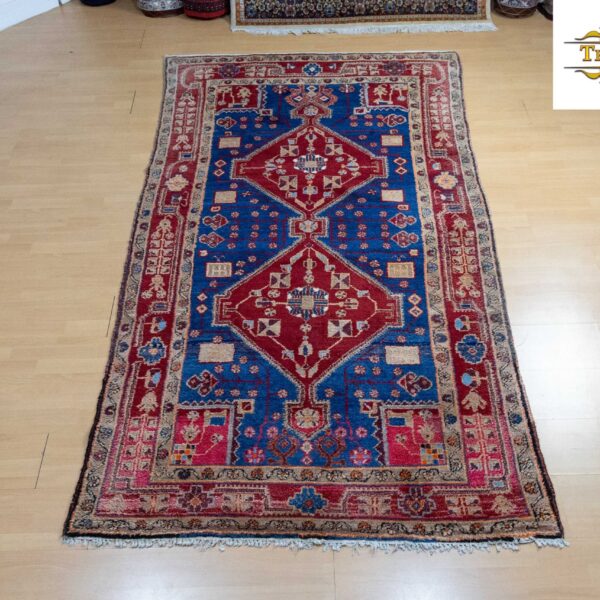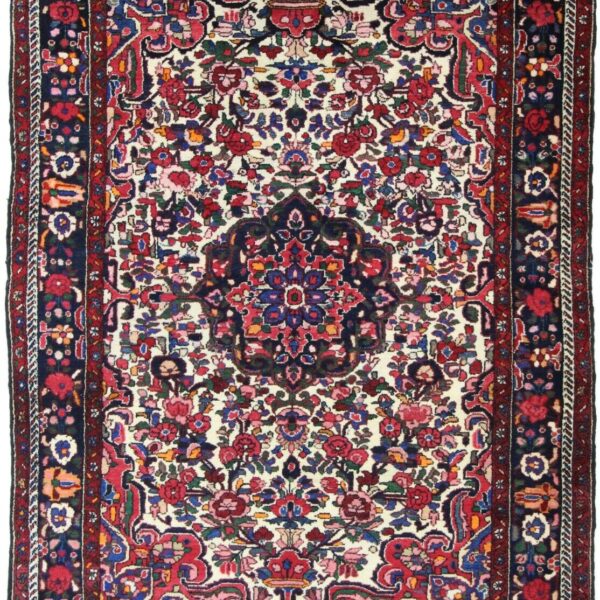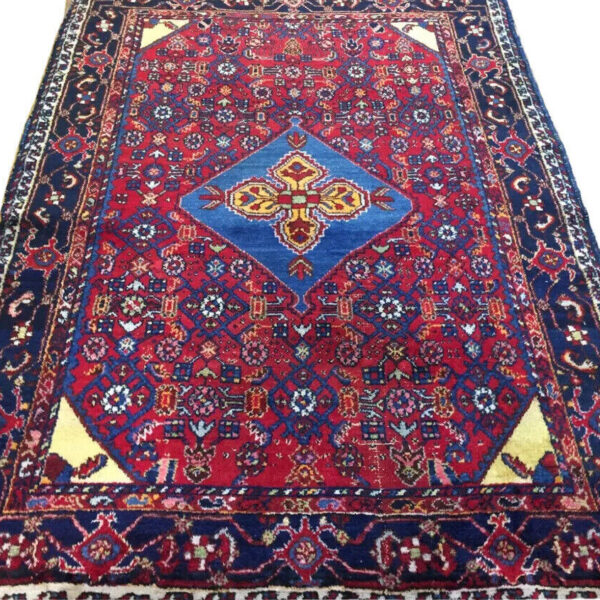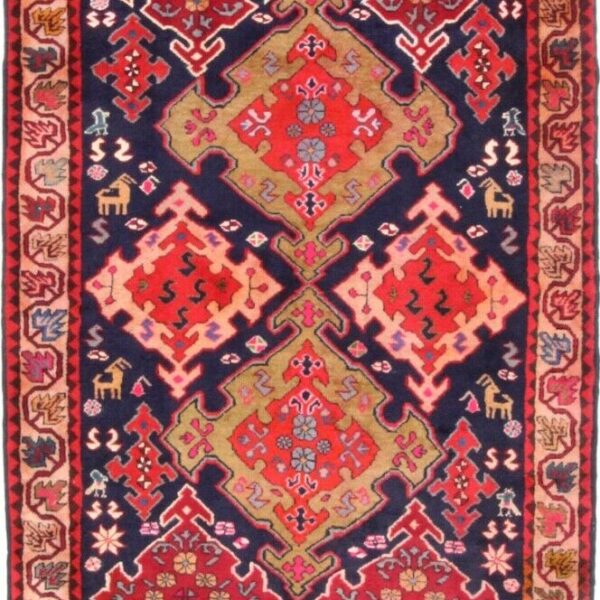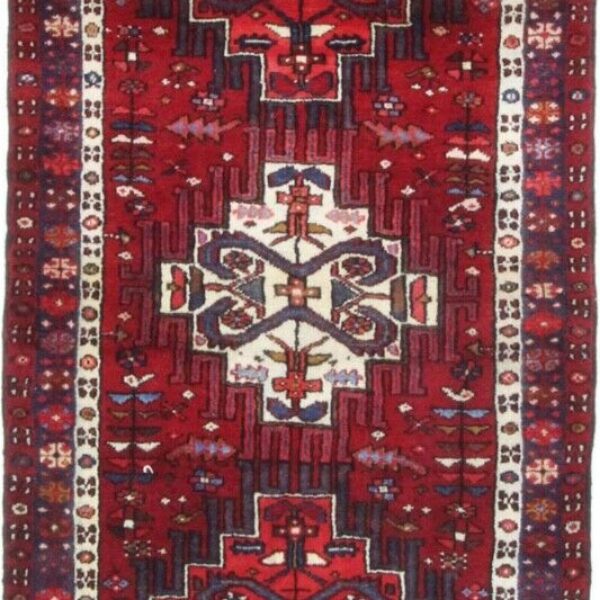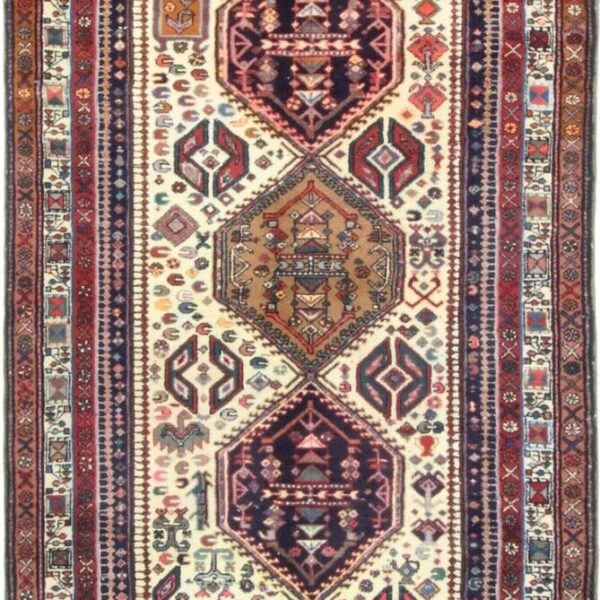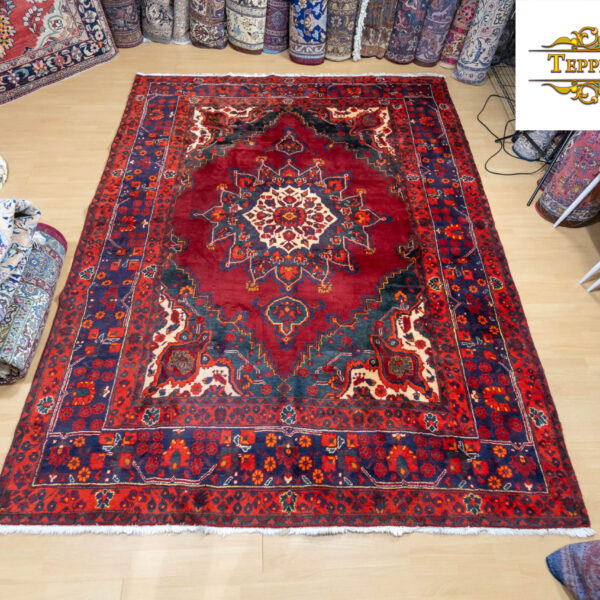Hamedan carpets
Hamadan carpets
Hamadan rugs are high quality hand-woven village rugs made in and around the city of Hamadan in western Iran.
In contrast to most other rugs, which refer to a specific type from a province or city, the term hamadan stands for a wide variety of rugs that are knotted in a large region.
Hamadan carpets: Village carpets, hand-knotted in 3000 different styles
The entire carpet weaving region includes about 1500 separate and distinct villages in and around the city of Hamadan. In each of these villages an average of 2 different types of carpets are produced, in some villages even more. This means that there are around 3.000 different types of Hamadan rugs.
Where Hamadan carpets are made
What is particularly interesting is that while all rugs made in these regions are called Hamadan rugs, the materials vary greatly as the wool comes from sheep from many different regions, and the designs also vary due to the different influences of the individual regions.
Owning a Hamadan is owning a piece of ancient history
Thanks to its ideal location at a crossroads in the Kuh-i-Elwand Valley in north-western Iran, Hamadan has long been an important center of carpet weaving and carpet trade. All the villages and towns in the area produce rugs and carpets in different varieties and sizes for export.
Throughout the region there are numerous spinning mills, knotters, dry cleaners and laundries specializing in carpets.
Antique carpets from Hamadan
Carpet lovers and collectors know that buying antique Persian carpets from Hamadan is the best investment they can make. One of the oldest cities in the world, Hamadan was once known as the cradle of Eastern civilization.
The hand-woven carpets made in this ancient city are works of art totally devoid of more recent influences.
Anyone who owns an antique carpet from Hamadan owns a piece of ancient history. These rugs are crafted with great care, using high-quality materials, an impressive color palette and a weaving technique that contributes to their famed durability.
Manufacture of Hamadan carpets
The wool used to make Hamadan rugs comes from hardy sheep that graze in the region's high altitudes. This wool is very durable, strong and robust, which contributes to the long-lasting quality of these rugs.
Hamadan carpets are usually simply knotted and usually have a cotton base fabric. Older pieces are often woven on a wool warp, as opposed to today's cotton-based rugs.
Underside of the Hamadan carpets
Most Hamadan rugs have a plain weave backing. Looking at the underside of a rug with a plain weft backing, every other warp can be clearly seen across the full width of the rug, creating a unique pattern of defined lines across the rug.
Only the Hamadan carpets from the Kasvin area are constructed somewhat differently, as they do not have a single weft ground.
There is a slight difference between the Hamadan carpets knotted before and after 1915. The newer carpets, woven after 1915, have a cotton backing.
Earlier carpets had a wool backing, usually on a beige or camel background.
Types of Knots in Hamadan Carpets
A common feature of all Hamadan rugs is that they all have symmetrical knots and are tightly woven, with a density of between 40 and 169 knots per square inch.
Although all carpets that are knotted under the Hamadan name are characterized by excellent wool and color quality, there are major differences in the knotting techniques used in the different knotting regions.
Hamadan weavers use the Ghiordes knot or Turkish knot for their carpets. This is a type of symmetrical knot used only on certain types of Persian carpets, including those from Tabriz. Most other Persian carpet makers use the Persian knot, which is asymmetrical.
Not surprisingly, the weavers in Hamadan used this type of Turkish knot. The city is very close to Tabriz, the former capital of the Turkish or Ottoman Empire. The population was overwhelmingly Turks, who influenced all aspects of the region, including carpet manufacture.
Even today, weavers in these two cities still weave rugs using the symmetrical Turkish knot, rather than the asymmetrical knot found in most other Persian rugs.
“Errors and mistakes excepted”
- Du kannst „Verkauft W1(#307) ca. 290x225cm Handgeknüpfter Nahavand Hamadan Teppich Perserteppich Orientteppich mit Naturfarben - Unikat“ deinem Warenkorb nicht hinzufügen, weil das Produkt derzeit nicht vorrätig ist.

